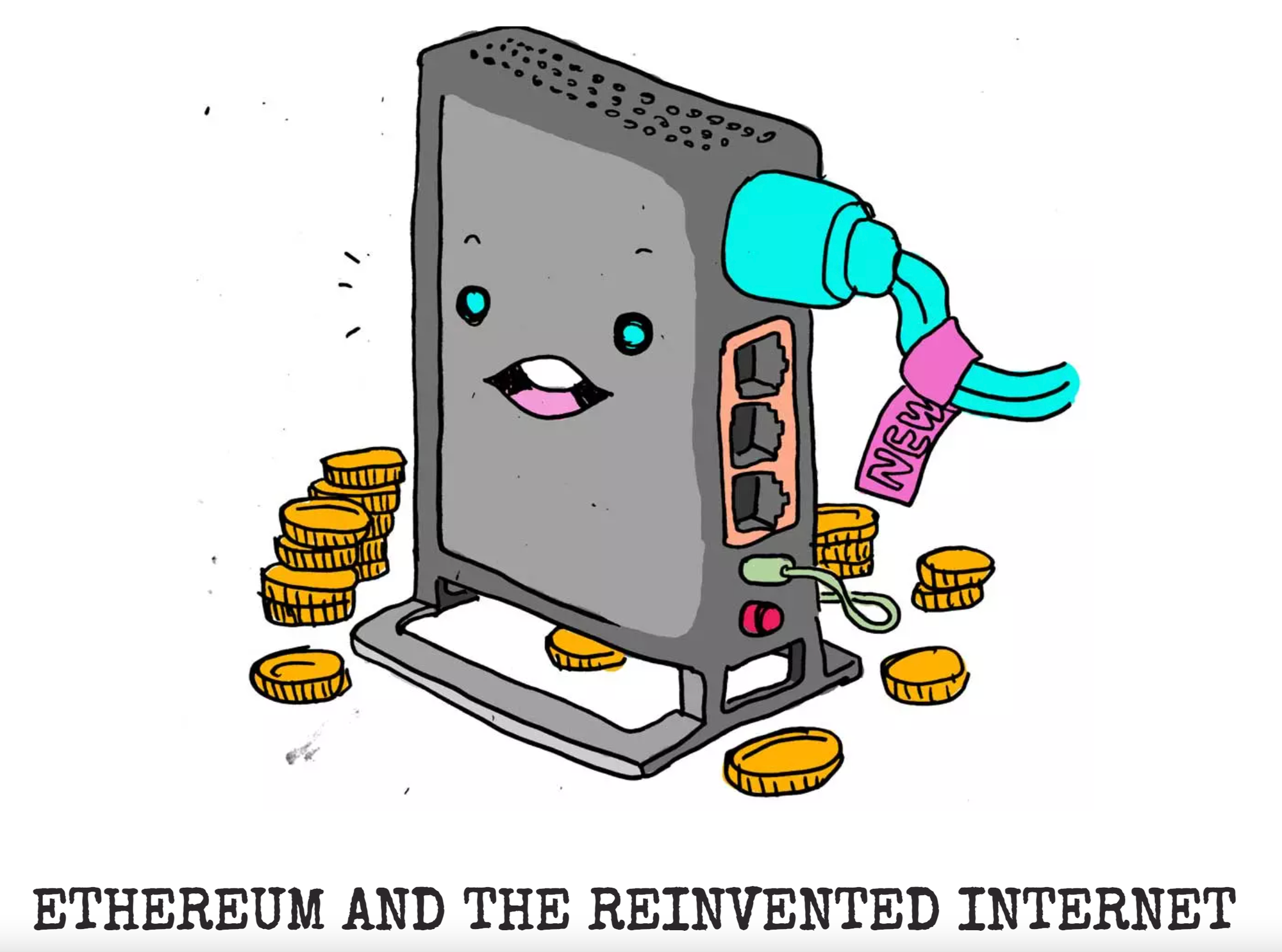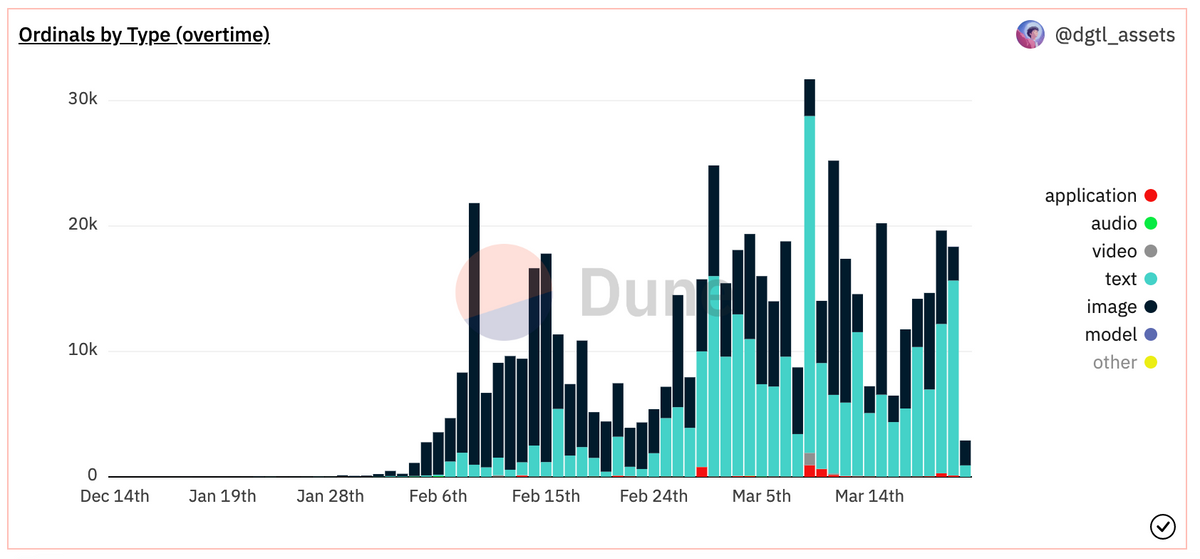What about blobs? | EIP 4844 makes onchain data cheaper
Ethereum's EIP 4844 is released this week. The upgrade, a longtime in the works, will ultimately make it cheaper and faster to handle data onchain via blobs.

There’s a lot of hype around a big upgrade to Ethereum that is launching this week.
The upgrade has many facets and many target improvements. The headliner is known as Ethereum Improvement Proposal 4844, or EIP 4844, which enables something called proto-danksharding, which in turn makes blobs possible.
Blobs are a new kind of data management that will make Ethereum transactions faster and cheaper. The result of cheaper and faster data is more onchain transaction functionality, especially on layer twos, and rollups specifically.
This upgrade to Ethereum is part of a much larger roadmap designed to make scaling the overall ecosystem easier. Ultimately, the goal is to make the decentralized network competitive with the performance of traditional payment networks in terms of speed and cost.
We’ll dive deeper into danksharding and blobs in a minute, but first, let’s back up a step or two.
This video was made by the Ethereum-based NFT project, Nouns, to commorate the release of the latest update.
Blockchain is a database — an expensive database
Blockchain is best understood as a distributed ledger. Another way to think about a distributed ledger is as a transaction database that is stored and managed in many locations and is managed by many entities.
Ethereum is one of the world’s largest and most successful permissionless blockchains, right now it is number two by market cap, sitting right behind Bitcoin.

But Ethereum and Bitcoin are designed differently and over time are targeting different kinds of economic and technological use cases. Bitcoin, which is based on proof-of-work, is considered a digital store of value or digital gold. Ethereum, which is based on proof-of-stake, is considered a smart contract platform, designed to leverage blockchain to create a decentralized global computing platform.
One thing that separates Ethereum from other blockchains is its robust developer community, which means there are a lot of people building infrastructure. The Ethereum developer community is busy building Ethereum utility right now. But there is also a strategy and plans for continually upgrading both the technology running Ethereum, and the consensus mechanisms that keep it decentralized.
That’s not to say that other blockchain ecosystems are standing still in terms of improvement or upgrades. Recently, there’s been a renaissance of sorts happening in the Bitcoin community. The creation of ordinals (the ability to inscribe data into Bitcoin transaction records) is one example. The emergence of more Bitcoin layer twos and Bitcoin DeFi are others.

What is the EIP 4844 upgrade?
Ok, so if we think of Ethereum as a big distributed database, then we need to also understand that managing data in a decentralized format drives up costs. This all goes back to the blockchain juggling act that we’ve talked about in previous posts.
A blockchain requires a constant dance between security, data availability, and decentralization. Often, this juggling act drives up network costs, especially during times of high network use.
So EIP 4844 is another step to help address some of these issues. The upgrade addresses data availability issues without compromising the other two important variables of security or sufficient decentralization.
One of the big pieces of the EIP 4844 upgrade is the release of proto-danksharding, which sounds like something out of a Star Wars movie, but it’s just a new way of managing Ethereum’s data. It’s one step towards the ultimate goal of danksharding, which will make Ethereum more scalable as an everyday transaction layer.
Danksharding essentially separates data so that not every single piece of information processed on Ethereum needs to become part of an onchain transaction record (and by default recorded forever).
Instead, some data will be processed as blobs. Blobs are made possible by changing how data is written onchain (instead of becoming part of a transaction permantely as CALLDATA, blobs are more like attachments). Blobs act like storage sheds where data that's not critical to a transaction record can be temporarily stored and then deleted once a transaction is settled.
To recap so far: proto-danksharding makes blobs possible, blobs, in turn, will make it easier to manage onchain data by adding the ability to temporarily store non-critical information, which frees up Ethereum block space.

You might remember that we recently talked about how rollups are becoming a big deal for blockchain scaling, especially within the Ethereum community. Rollups are a way to prepackage and handle data before final settlement on a blockchain, ultimately driving down the cost of a transaction and making it possible to complete more onchain transactions in the same amount of time.
If rollups make Ethereum more efficient than blobs make rollups more efficient, which in turn makes the system more accessible.
Blobs are the future
Sometimes it’s easy to forget to zoom out. It’s easy to forget that a project like Ethereum has moved from super experimental to mainstream-ish, and is now continuing to improve with an eye toward outperforming legacy payment companies – all within less than a deecade.
I first started writing about crypto in 2014, before Ethereum even launched. Over the last ten years, I’ve felt like I was always writing in hypotheticals. I was saying stuff, like “Someday social media will be decentralized.” Or things like, “People will use a wallet to access content on websites.”
There were times when it felt like the vision enabled by decentralized blockchains and their associated digital assets and currencies were never really going to become real.
But this year, it finally feels like projects are hitting the right combo of technological readiness and traction at scale to make a difference.
I say all of this because I think it's impressive to think about where Ethereum started and what it is today. It’s even more impressive when you think about the end goal, and what it will take to get there.
At any point earlier, I would be skeptical. But then you see upgrades like the Merge, or now proto-danksharding and blobs, and you realize that an alternative internet is being built and improved, little by little, day by day.